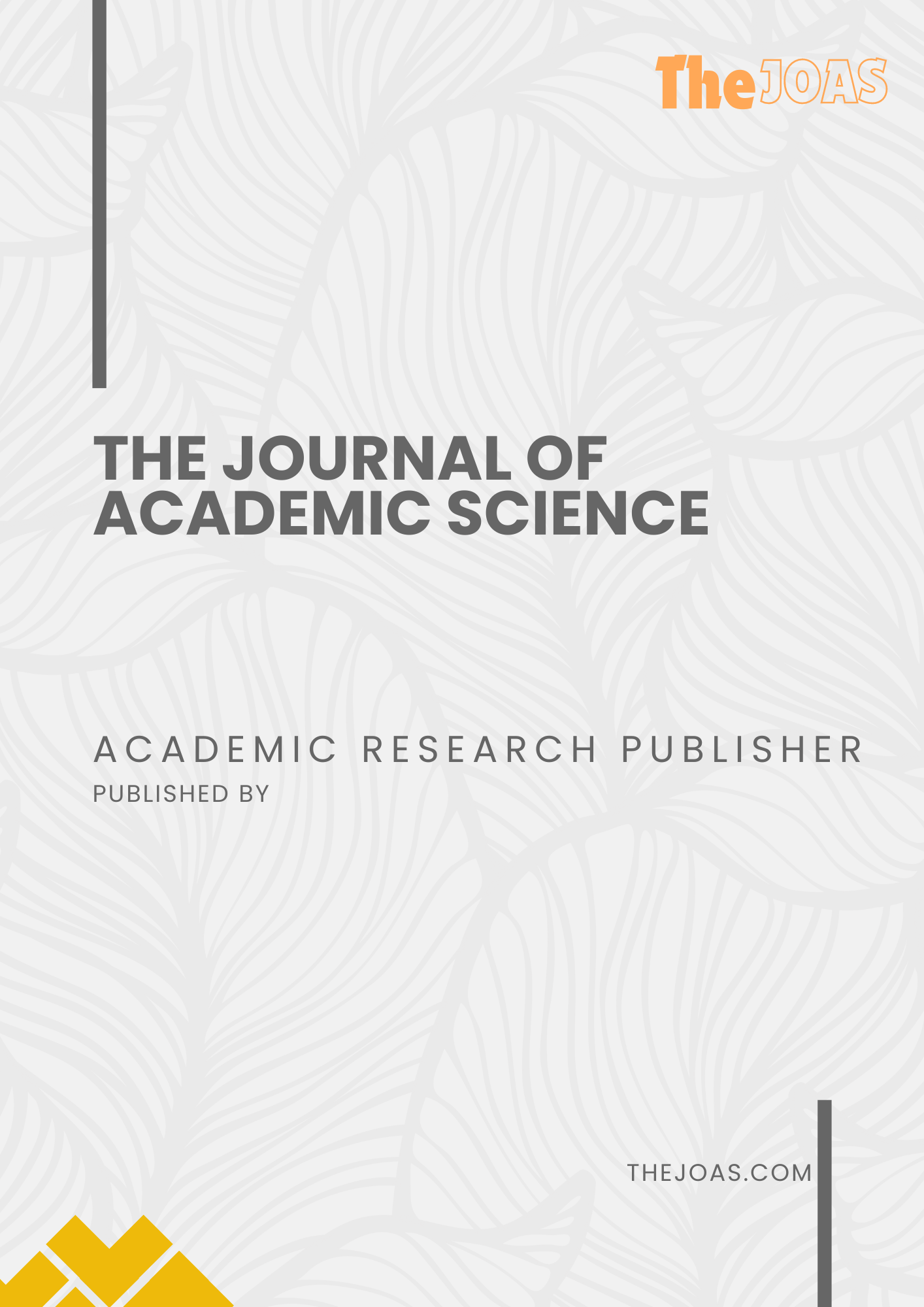Supply Chain Performance of Red Chili: From Farm to Market in Jambi, Indonesia
DOI:
https://doi.org/10.59613/rf49xj63Keywords:
red chili supply chain, agricultural logistics, smallholder farmers, supply chain efficiency, jambi, indonesiaAbstract
This study evaluates the performance of the red chili supply chain in Jambi, Indonesia, by employing qualitative methods, including literature review and library research. The research investigates critical factors affecting the supply chain, from farm-level production to market distribution, focusing on the dynamics of stakeholders, logistics, market access, and supply chain coordination. Findings reveal that inefficiencies persist due to limited infrastructure, poor coordination among actors, and fluctuating market demand. At the farm level, challenges such as price volatility and inadequate post-harvest handling reduce farmers' bargaining power and profitability. In the distribution phase, transportation bottlenecks and a lack of cold storage facilities result in significant product losses. Market-level analysis shows that smallholder farmers often rely on intermediaries, which reduces transparency and increases transaction costs. The study highlights the need for integrated supply chain management strategies, incorporating improved infrastructure, better coordination mechanisms, and policy interventions to enhance efficiency and equity. By synthesizing existing literature, the research contributes to understanding supply chain challenges and opportunities for red chili production and distribution in Jambi. These findings provide actionable insights for policymakers, practitioners, and stakeholders seeking to optimize agricultural supply chains in similar contexts.
Downloads
Published
Issue
Section
License
Copyright (c) 2024 Ira Wahyuni (Author)

This work is licensed under a Creative Commons Attribution 4.0 International License.





